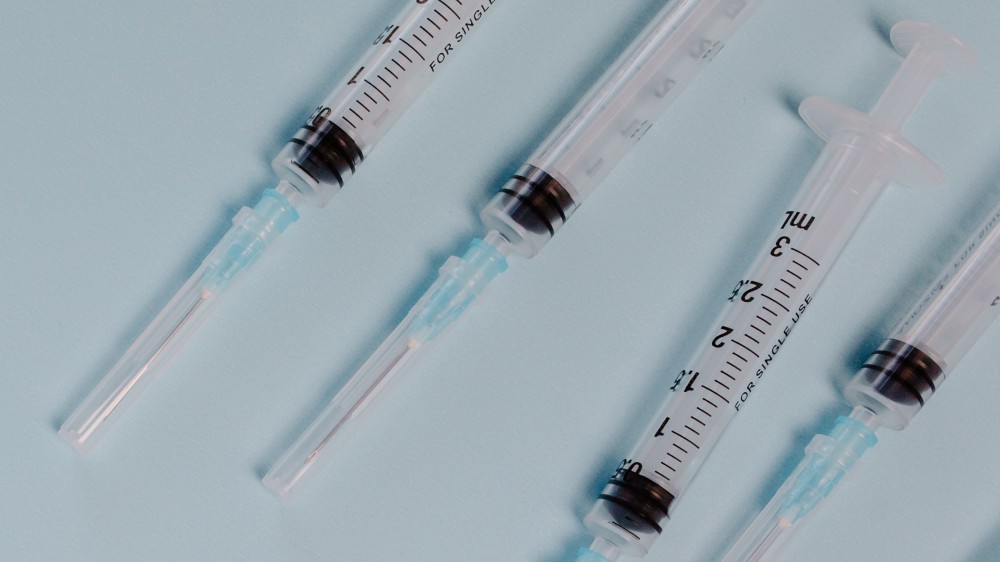Information on blood sampling from common laboratory animal species, intended to help laboratory staff choose the most appropriate technique for blood sampling in a humane and efficient manner.
Advice on microsampling within academia and the pharmaceutical and chemicals industries.
Advice and guidance on the use of vascular catheters and cannulae for long-term repeated access to blood vessels.
On this page:
Taking blood samples from laboratory animals
Taking a blood sample is one of the most common procedures performed on laboratory animals, used for example:
- For analysis of biochemical, metabolic, toxicological or immunological parameters.
- For examination or culture of micro-organisms.
- For production of antibodies.
Using a technique appropriate for the purpose and the species, performed by a trained and competent member of staff, is essential to ensure that any pain, distress or discomfort is kept to a minimum. Avoiding adverse effects is important for scientific as well as ethical and legal reasons, as they can cause biological changes which may affect the blood sample and hence the validity and reproducibility of the research results.
Aiding refinement
These pages contain information on surgical, non-surgical and non-recovery (terminal) methods of blood sampling including venepuncture, arterial puncture, cannulation, cardiac puncture and decapitation, as appropriate for the species. They assist with refinement by:
-
Setting out general principles for refinement of blood sampling – we advise that these should be read first.
-
Highlighting advantages and disadvantages for most of the available techniques.
-
Highlighting potential adverse effects and control measures.
-
Collating references for further reading.
-
Presenting images and video for training purposes.
-
Presenting decision trees for sampling from the mouse and sampling from the rat.
-
Presenting information on safe blood sample volumes.
-
Providing information on microsampling, which can also reduce animal use.
-
Providing information on refinement of the use of vascular catheters.
Choice of technique
Before beginning any blood sampling protocol, careful consideration should be given to matching the best possible technique to your experimental goals. The choice of technique will depend on a range of factors, including:
- The purpose of the blood collection, e.g. biochemical analysis, DNA extraction etc.
- The need for an arterial versus venous sample.
- The duration and frequency of sampling.
- The impact on animal welfare.
- The health status of the animal being bled.
- Whether the sample is taken as a repeat or terminal procedure.
- The potential for stress-induced effects on biochemical and haematological parameters.
- The training and experience of the staff involved.
- Whether licence authority is in place.
Inclusion of a particular technique within these pages should not be seen as endorsement of its use by the NC3Rs. It is for individual researchers, in conjunction with the animal care staff (veterinarian/NVS and animal welfare officer/NACWO) and other members of the institutional ethics committee (AWERB, IACUC or equivalent), to decide the most appropriate site, volume and frequency of blood sampling. In the UK, these should be detailed in the project licence.
Notes:
- For information on automated blood sampling and the 3Rs, see the article by Holmberg and Pelletier (DiLab) and presentation by Medina (Instech).
- We welcome your views on the blood sampling pages on this site, so that the area can be expanded and improved. Please send any comments to webmaster@nc3rs.org.uk.

